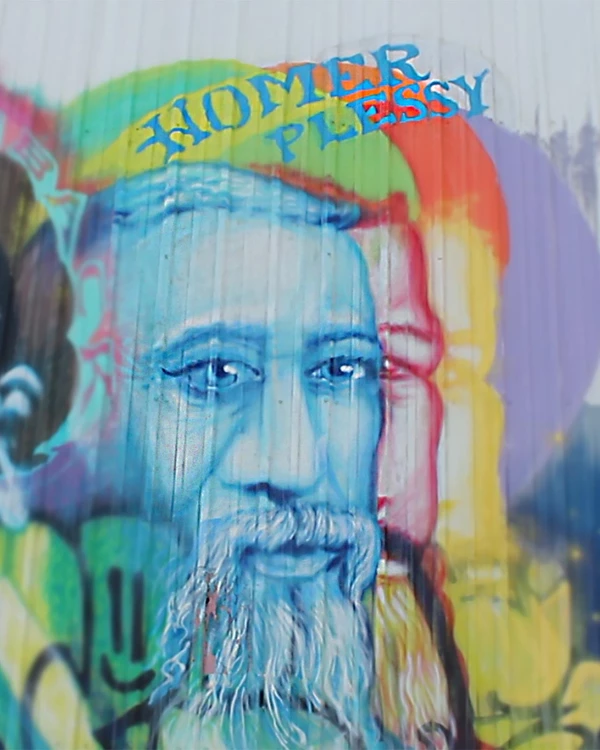Last updated: June 6, 2025
Person
Homer Plessy

NPS
It is believed that Homer Adolph Plessy was born on March 17 1863, in New Orleans, which was an integrated city at the time. In fact, in many parts of the United States, things like public transportation weren’t legally separated by race. New Orleans had a unique and historical mix of cultures, and people of different races often lived and worked together. Even schools and the police department were integrated. This was the world Homer Plessy grew up in
But on June 10, 1890, the State of Louisiana passed a law called Act 111, or the Separate Car Act. This law said that train companies had to give “equal but separate” seating for white and Black passengers. Train companies that did not follow the law could be fined $500. Passengers who broke the rule could be fined $25 or sent to jail for 20 days. It did not take long for people to begin to organize a protest.
In 1891, a group called the Citizens Committee (Comité de Citoyens) formed to test the law in court. They believed it went against the 14th Amendment of the U.S. Constitution, which promises equal protection under the law. Homer Plessy volunteered to help test the law. He bought a ticket to ride a train to Covington, Louisiana. The plan, with support from the East Louisiana Railroad company, was for the train conductor to ask him to move to a different car because of his race. When Plessy refused, a private detective, hired ahead of time, would arrest him. This happened on June 7, 1892.
The case eventually reached the U.S. Supreme Court. On April 13, 1896, the Court heard the case, and on May 18, it made its decision. The Court ruled in favor of the Louisiana law, saying “separate but equal” was legal. This ruling stayed in place for almost 60 years, until the Supreme Court overturned it in the famous case Brown v. Board of Education in 1954.
To learn more about Homer Plessy and this case, watch the video below.
- Duration:
- 6 minutes, 33 seconds
Homer Plessy was a member of the Afro-Creole community of New Orleans, a shoe maker, and a civil rights activist. He took his rights seriously. Working with the Citizens Committee, Homer Plessy fought back against segregation and white supremacy. What would you do for your rights? Would you stand up even if it was dangerous?
